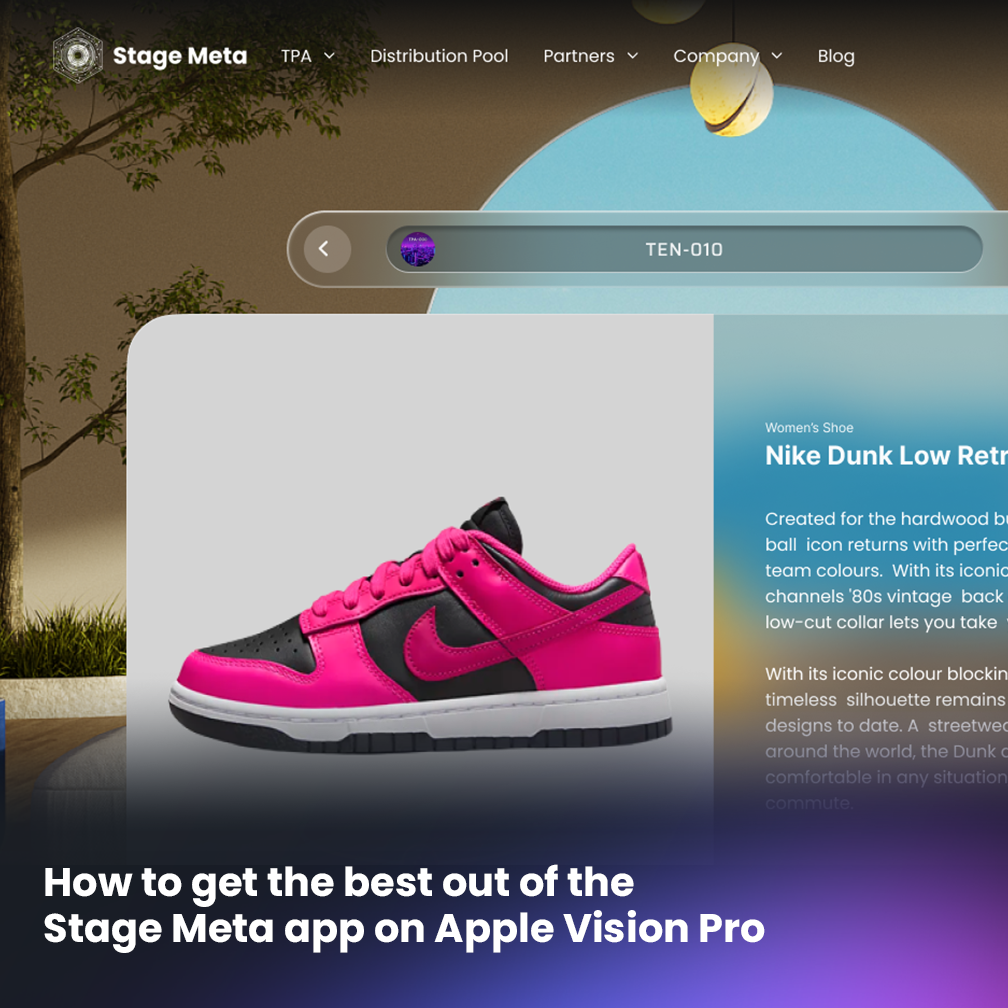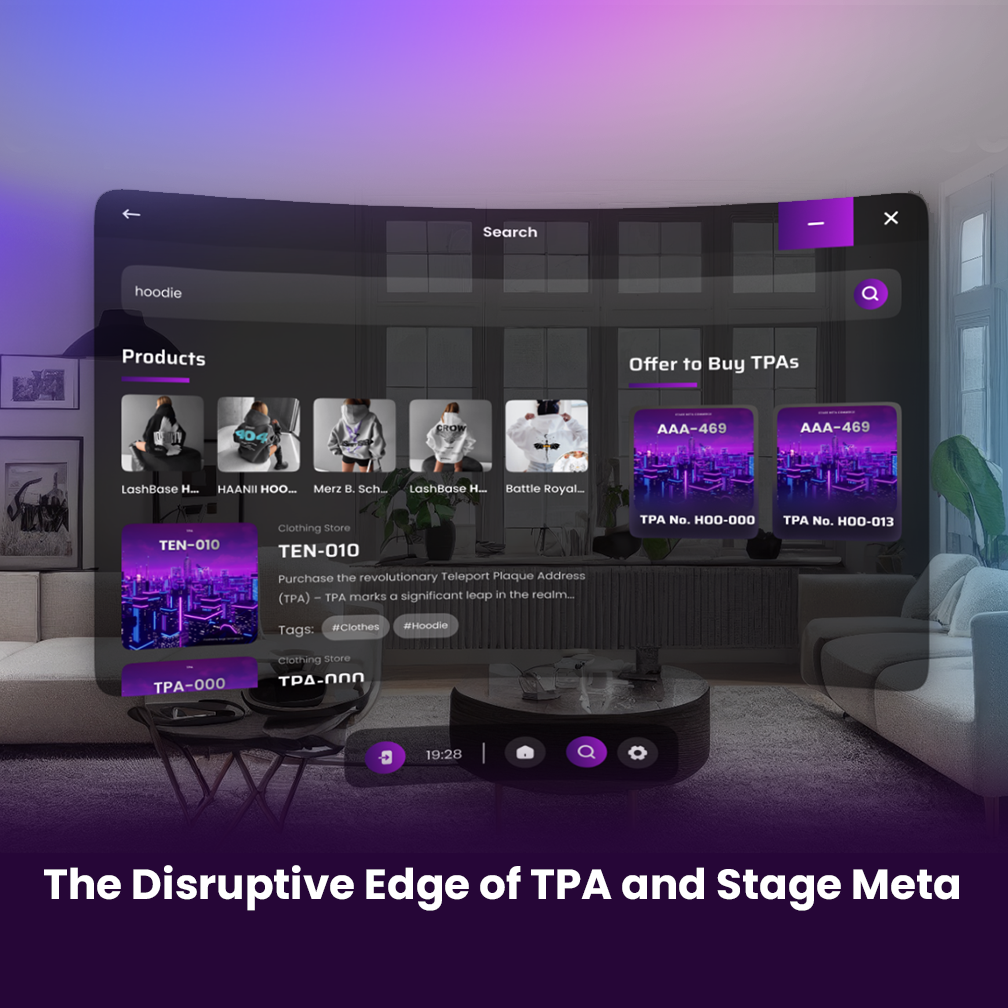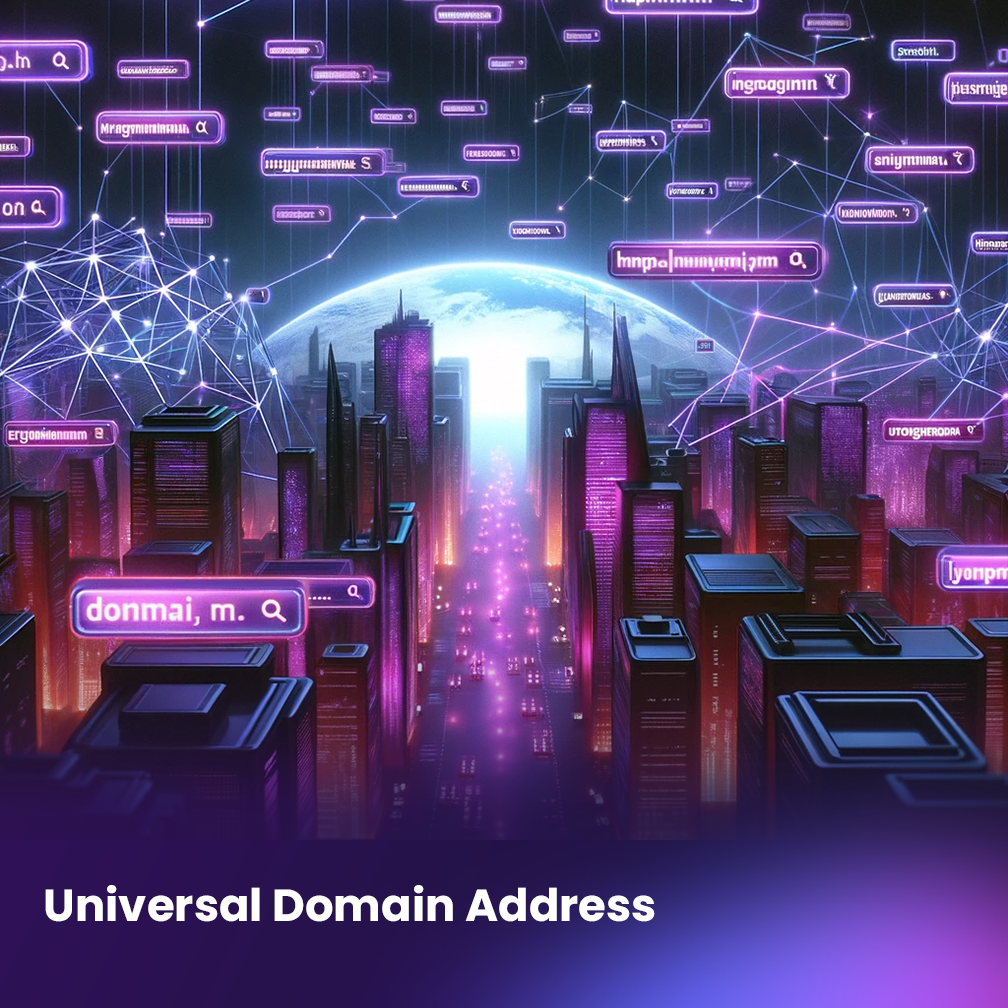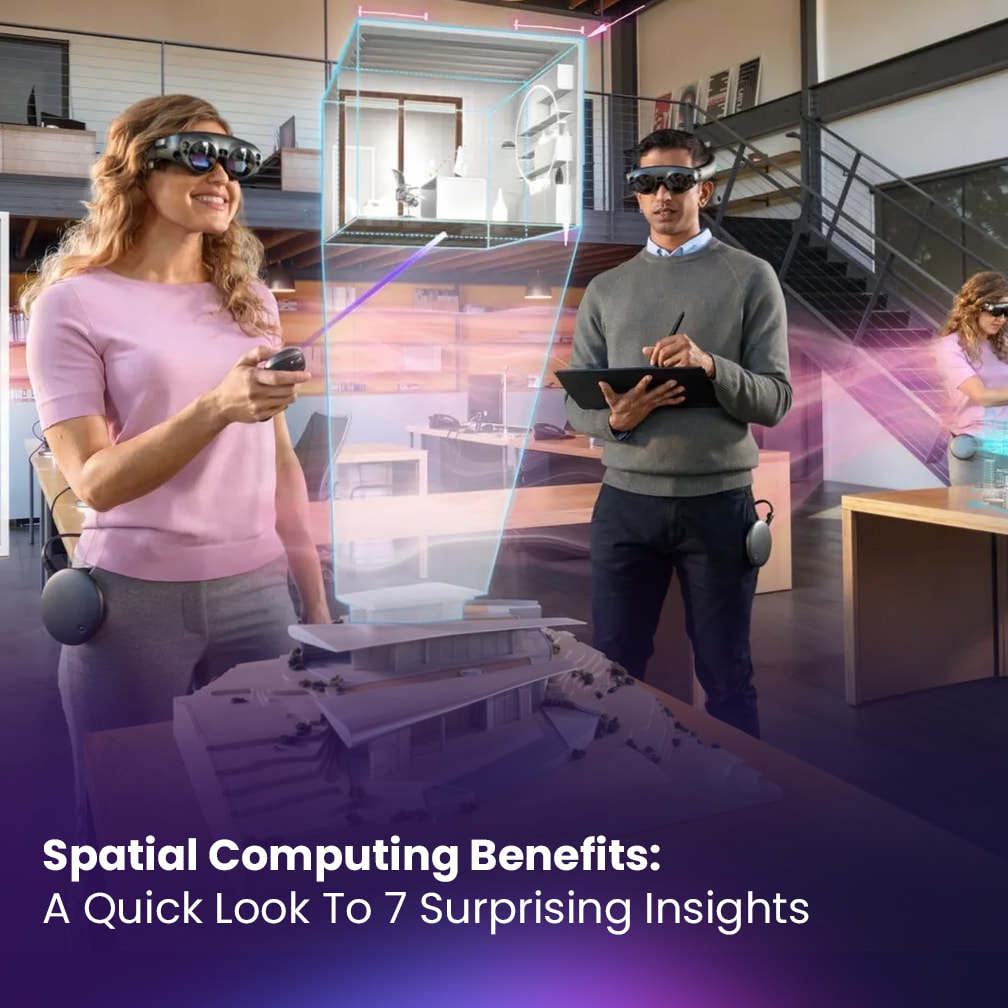Unlock the Future: Your Comprehensive Guide to Spatial Computing
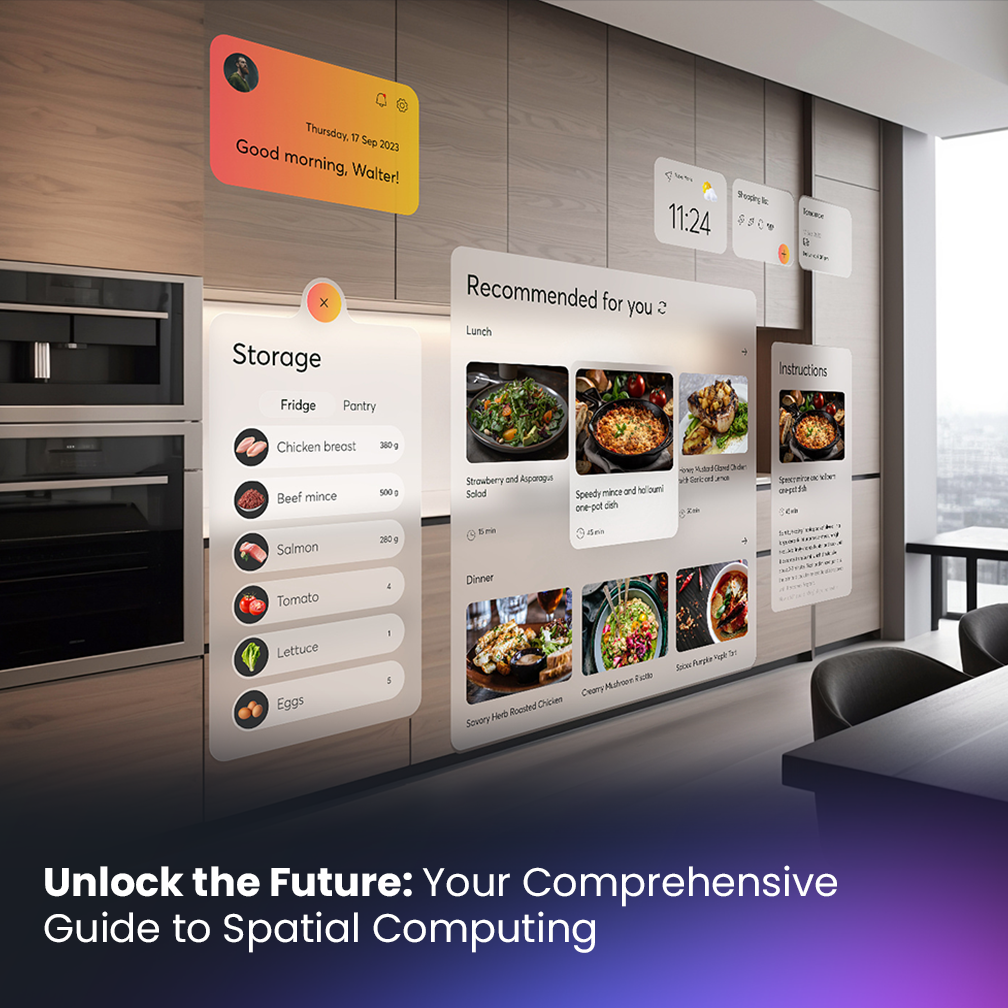
The world around us is rapidly changing, and the way we interact with it is evolving too. Spatial Computing is at the forefront of this transformation, blurring the lines between the physical and digital worlds. Let’s dive in and explore what this revolutionary technology offers.
Table of contents
Understanding the Terminology
Spatial Computing
This is an umbrella term for technologies that merge the physical and digital worlds. Example: QR codes that trigger 3D product models on your phone are spatial computing. It includes:
- Augmented Reality (AR): Overlays digital information onto the real world through your phone or headset. Examples: Ikea’s furniture placement app, Snapchat filters adding elements to your face and surroundings.
- Virtual Reality (VR): Creates a fully immersive digital environment, replacing your real-world surroundings. Used in gaming, training, and simulations. Examples: Beat Saber, flight simulators, medical training scenarios.
- Mixed Reality (MR): The most sophisticated blend, allowing digital objects to interact with the real world in real-time. Example: HoloLens used by architects for real-time design adjustments on a physical mockup.
- Extended Reality (XR): A catch-all term encompassing AR, VR, and MR.
How Spatial Computing is Transforming Industries
Retail
Imagine trying on clothes virtually, visualizing furniture in your home, or exploring product features in 3D – driving sales and reducing returns.
- Use Cases: AR makeup apps, interactive product demonstrations, virtual showrooms for cars or fashion. Check our YouTube video showcasing these features.
- Benefits: Higher customer engagement, increased conversions, reduced returns due to mismatch expectations.
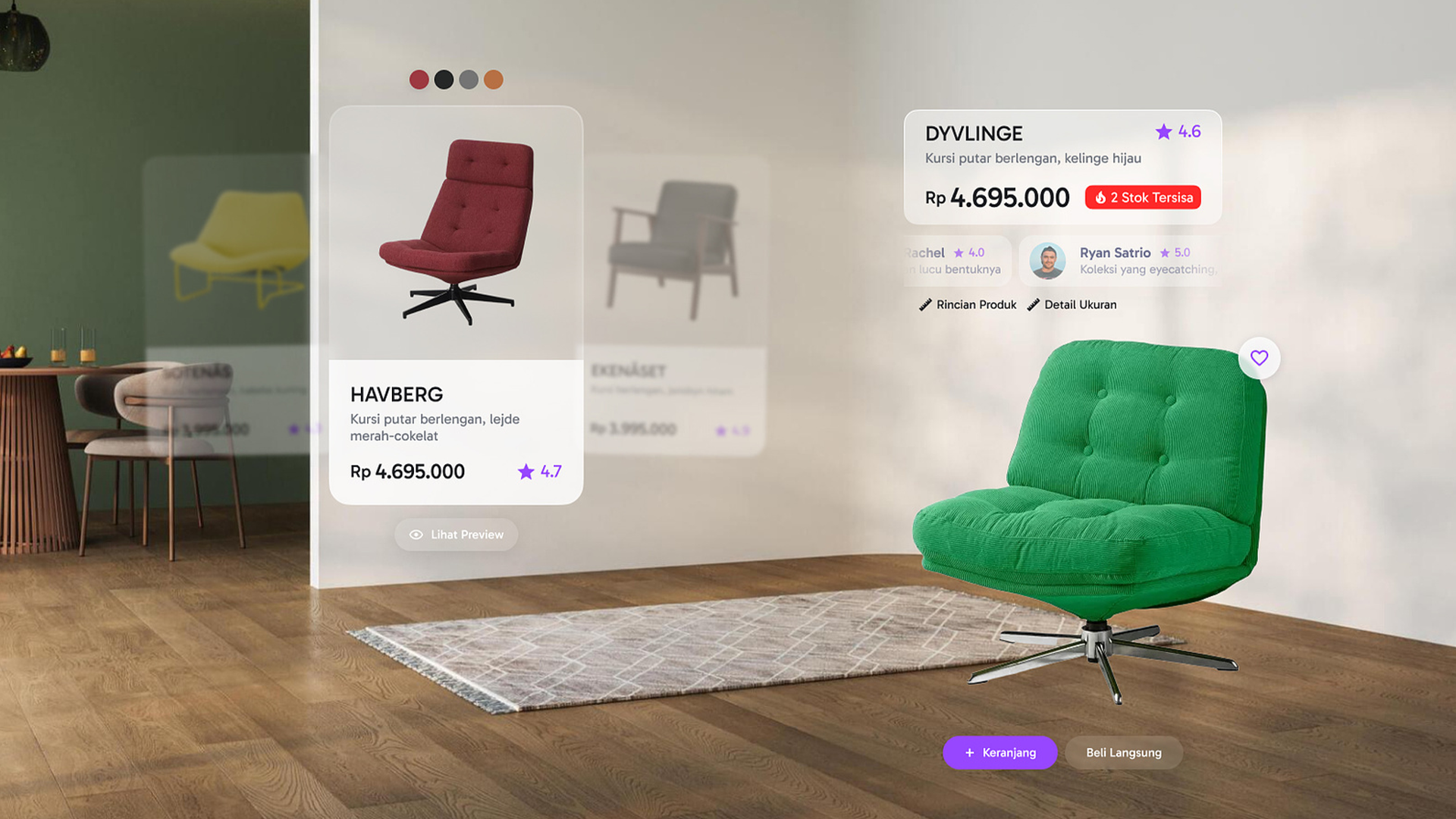
Real Estate
Virtual tours let buyers explore properties from anywhere, cutting costs and increasing reach.
- Use Cases: 360° virtual property tours, pre-construction walkthroughs, interior customization visualizations.
- Benefits: Attract clients globally, streamline the decision-making process, pre-sell developments for faster returns.
Hospitality
Immersive experiences transport guests to destinations before booking, aiding decision-making and boosting excitement.
- Use Cases: Virtual hotel room previews, AR-enhanced tours of destinations, gamifying the booking experience. Check our YouTube video showcasing these features.
- Benefits: Create a “try-before-you-buy” mentality, attract guests seeking unique experiences, increase overall bookings.
Construction
3D visualizations help visualize complex projects, improving collaboration, and reducing costly errors.
- Use Cases: 3D project overlays on the job site, remote collaboration with design teams, safety training scenarios.
- Benefits: Detect errors before construction, streamline communication, improve project outcomes.
Benefits for Your Business
- Enhanced Customer Experience: Offer unparalleled interactivity, boosting engagement and brand loyalty. Create memorable interactions at every touchpoint, deepening brand connection.
- Improved Decision Making: Visually convey complex information, aid training, and enable better, faster decisions. Provide customers with rich information to make smarter choices, resulting in stronger buyer confidence.
- Increased Efficiency: Reduce the need for physical prototypes, streamline remote collaboration, and optimize processes. Minimize the need for physical travel, optimize workspaces, and accelerate product development cycles.
- Competitive Edge: Position yourself as an innovator, attracting a tech-savvy customer base. Attract customers looking for innovative companies while demonstrating you’re on the cutting edge.
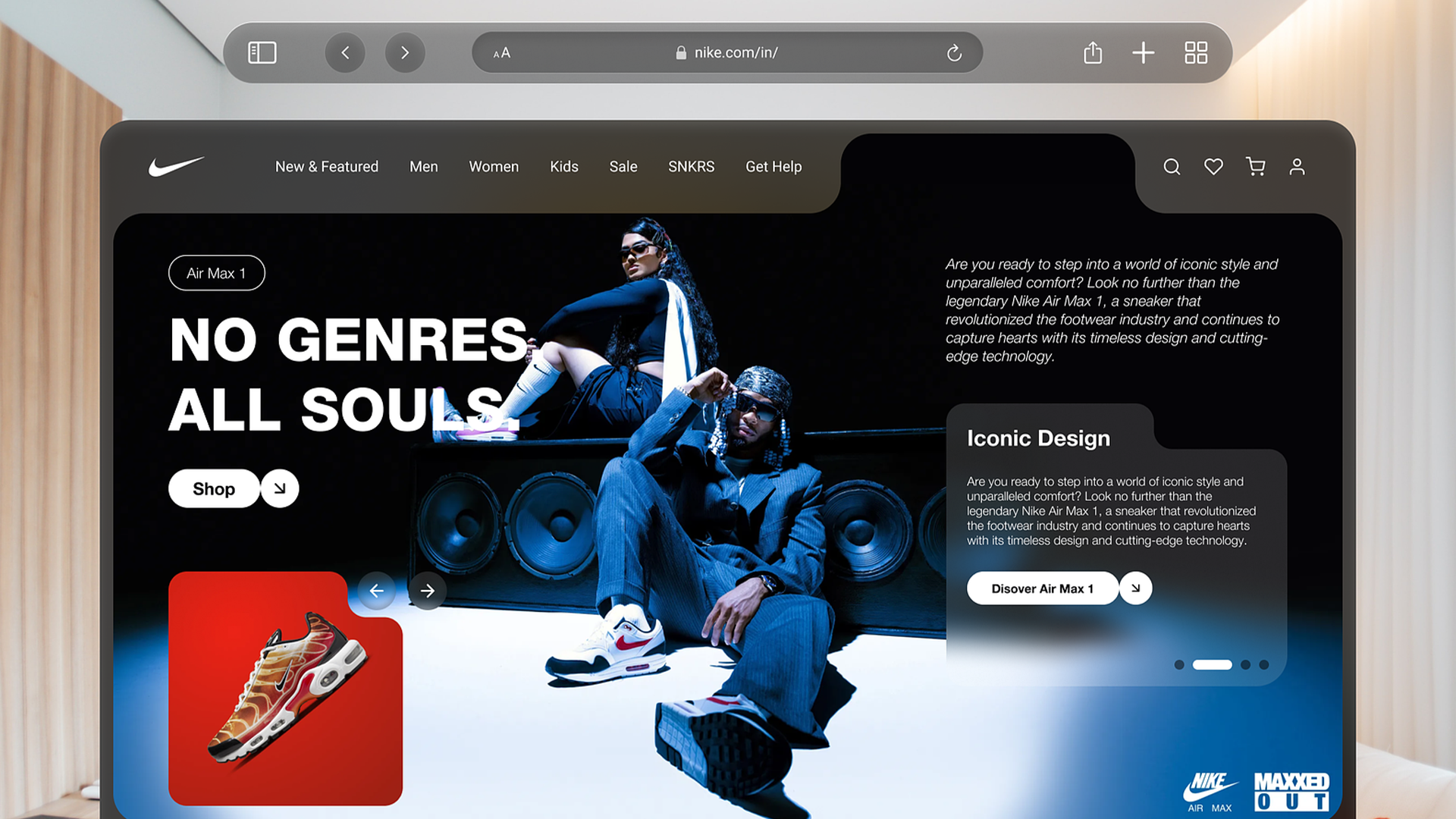
Why Now?
Technology Advancements
- Devices are more powerful, affordable, and user-friendly driving widespread adoption.
- 5G’s impact on streaming immersive experiences increased affordability of AR/VR headsets.
Evolving Consumer Expectations
- People demand interactive, personalized experiences. Spatial Computing delivers.
- The rise Gen-Z that grew up with digital immersion and crave interactive experiences.
Growing Investment
- Big players are pouring resources into space, signaling its future potential.
- Venture capital is pouring into spatial computing startups and acquisitions in the sector.

The Future is Spatial
Spatial Computing isn’t just a trend; it’s a fundamental shift in how we engage with the world. Businesses that embrace this technology now gain a significant advantage. Are you ready to take your business to the next dimension?
Let’s unlock new dimensions together. Contact us to explore how Stage Meta’s spatial computing solutions can transform your customer experience, boost efficiency, and propel your business into the future.
